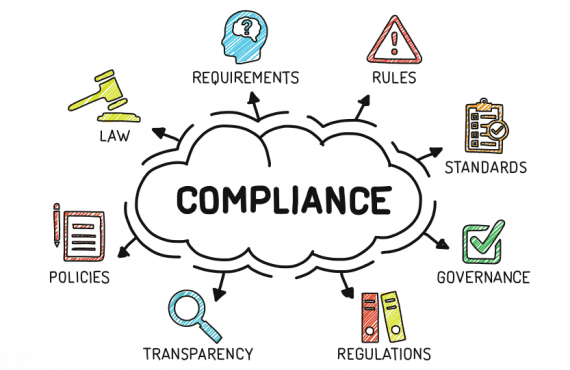“Sample Selection” forms the second major component of the Centers for Medicare & Medicaid Services’ (CMS) new survey process, which was instituted on November 28, 2017.
After all the initial pool activities have been completed, the survey team will meet to choose residents from the initial pool to include in the sample based on concerns identified from the interview, observation, and/or limited record review, and consideration of residents’ specific data.
The expected sample size is based on facility census. This means that the initial pool process prerequisite of at least 70 percent of the sample selected offsite might not be reflected in the final selected sample.
The focus in the sample selection phase is therefore based on identifying residents for the initial pool and sample based on concerns raised during the initial procedure. The sample selection process will be prioritized using the following sampling considerations:
– The replacement of discharged residents selected offsite with those selected onsite;
– The replacement of residents selected offsite within reason dictated by circumstance;
– If at any stage any indication of harm, substandard quality of care (SQC), or immediate jeopardy has been identified;
– If any abuse concerns previously undiscovered have been raised during the initial process;
– If any transmission based precautions have been identified; and
– If any MDS indicator areas not previously included have been raised.
The sample selection process will also aim to encompass an Unnecessary Medication Review (UMR), and will select five residents for full medication review. These five samples will be selected upon the basis of observation, interview, record review, MDS factors, and a broad range of high-risk medications and adverse consequences.
Once the sample has been thus selected, the third and final component of the New Survey Process—Investigation—can begin.

























































